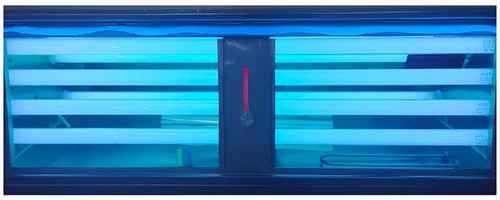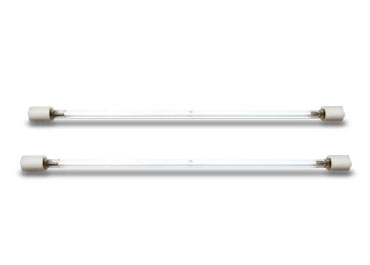Can a UV light accelerated weathering test simulate real-world environmental conditions?

In manufacturing, the durability and stability of materials are of paramount importance. However, due to weather and other environmental factors, materials can experience quite severe conditions. To determine how a material will perform under these conditions, accelerated aging testing is required. One such test method is the accelerated aging test using ultraviolet light. But the question is, can this kind of test accurately simulate the environmental conditions in the real world?

Accelerated UV aging testing is a commonly used test method that can be used to determine the lifetime and stability of materials under sunlight or other UV radiation conditions. This test typically uses a specially designed device to simulate UV radiation and measures how much a sample changes after exposure to UV radiation.
While this testing method can provide valuable data, whether it can accurately simulate real-world environmental conditions needs to be further explored.
The first thing to consider is that in the real world, materials are exposed to many factors such as radiation of different types and intensities, temperature, humidity, wind, etc. The UV accelerated aging test only involves ultraviolet radiation and cannot simulate the influence of these other factors. Therefore, even if materials perform well in UV accelerated weathering tests, there is no guarantee that they will survive a wide range of environmental conditions in the real world.
Second, UV accelerated aging tests usually only involve testing for a short period of time. While this test can simulate short-term UV radiation exposure to a material, it cannot simulate prolonged UV exposure. Prolonged exposure to UV light can cause discoloration, cracking, embrittlement, and other issues in the material that can take years or decades to manifest. Therefore, it is necessary to consider whether the test time length is sufficient when performing accelerated aging tests.

Finally, it needs to be considered that UV accelerated aging tests can only be performed in a laboratory environment. A lab environment is very different from a real-world environment. For example, in the real world, materials may be subjected to various factors such as natural disasters, pollutants, mechanical damage, etc. These factors not only have an impact on the material, but may also have an impact on its surrounding environment. In a laboratory setting, these factors cannot be simulated.
To sum up, UV accelerated aging test can provide valuable data, but it cannot fully simulate the environmental conditions in the real world. When performing accelerated aging testing, the limitations of the test method need to be considered and combined with other test methods and real-world data to determine the durability and stability of the material.
While UV accelerated aging testing is a commonly used testing method, it cannot accurately simulate real-world environmental conditions. When using this test method, its limitations need to be considered and combined with other test methods and real-world data to determine the durability and stability of the material.
2023-05-11 11:15


